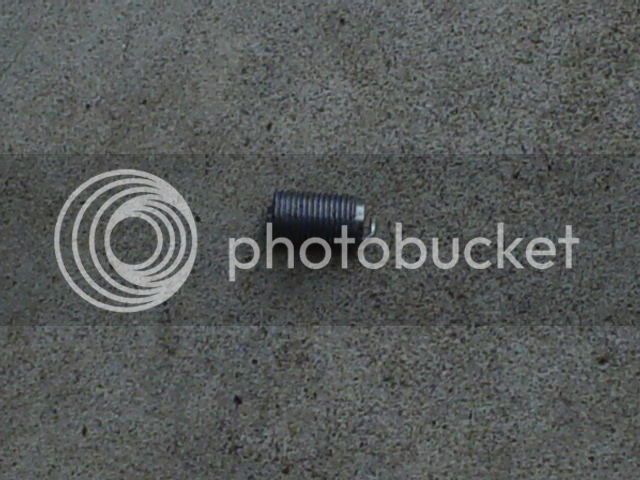pawtracks
Well-known member
I am planning on changing my plugs out this weekend and sync the throttle bodies.
I have 9800 miles on the bike, not sure if the original owner ever changed them.
I have a new set of Iridium plugs standing by.
I don't plan on gapping them, I have heard they come pre-set and damage can be done by attempting adjustment.
Do you guys use any anti-seize on the threads?
If so, any special brand/type that is preferred over another for technical reasons.
Not sure if the heads are made of something special, previous experience, etc...
If anti-seize compound is used I realize it will affect the torque value.
Do you guys with all of the experience use 9.4 ft-lbs or just snug to crush the gasket?
Thanks
This site has been a wealth of knowledge
I have 9800 miles on the bike, not sure if the original owner ever changed them.
I have a new set of Iridium plugs standing by.
I don't plan on gapping them, I have heard they come pre-set and damage can be done by attempting adjustment.
Do you guys use any anti-seize on the threads?
If so, any special brand/type that is preferred over another for technical reasons.
Not sure if the heads are made of something special, previous experience, etc...
If anti-seize compound is used I realize it will affect the torque value.
Do you guys with all of the experience use 9.4 ft-lbs or just snug to crush the gasket?
Thanks
This site has been a wealth of knowledge
Last edited by a moderator:





